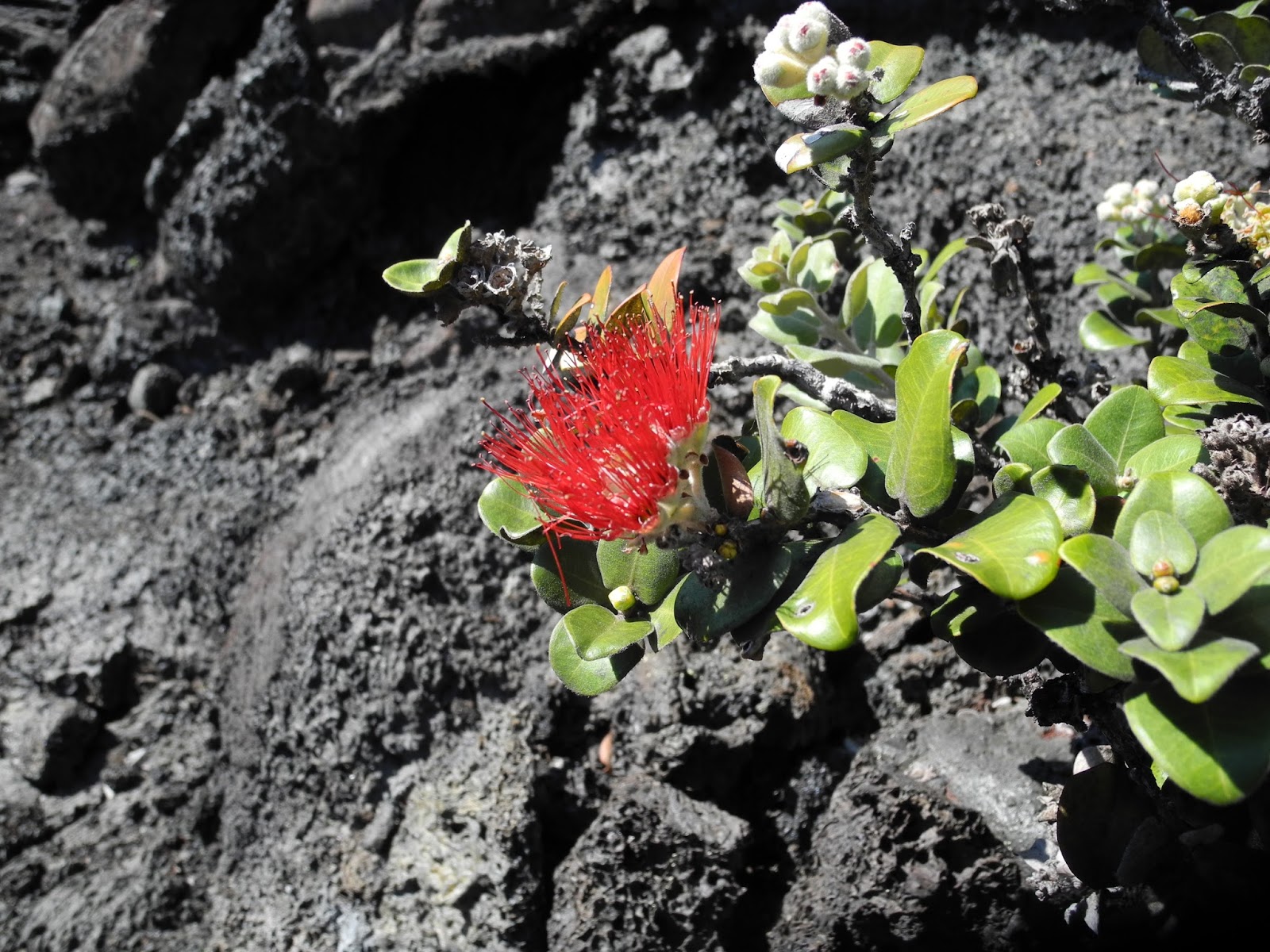
Hawaii is a land of breathtaking landscapes, rich cultural traditions, and fascinating legends. Among the many botanical wonders found in the islands, the ʻŌhiʻa Lehua tree (Metrosideros polymorpha) holds a special place in Hawaiian history and mythology. This iconic tree, with its vibrant blossoms and deep-rooted significance, is not just a botanical marvel but a symbol of resilience, transformation, and love. Found primarily in volcanic regions, the ʻŌhiʻa Lehua tree is often the first plant to emerge after a lava flow, embodying the enduring spirit of nature.
The Beauty and Importance of the ʻŌhiʻa Lehua Flower
One of the most striking features of the ʻŌhiʻa tree is its bright, feathery blossoms, known as the ʻŌhiʻa Lehua flower. These flowers come in shades of red, yellow, orange, and pink, adding splashes of color to Hawaii’s rugged volcanic terrain. The lehua flower holds deep cultural significance in Hawaiian traditions, often used in ceremonies, hula performances, and lei-making. Moreover, the plant plays a critical role in the island’s ecosystem by providing nectar for native honeycreepers and serving as a keystone species in Hawaii’s rainforests.
The Legend of ʻŌhiʻa and Lehua
Hawaiian mythology is rich with stories that explain the natural world, and the legend of the ʻŌhiʻa Lehua tree is one of love, jealousy, and transformation. According to legend, ʻŌhiʻa was a handsome warrior, and Lehua was a beautiful young woman deeply in love with him. Their love was pure and strong, but the volcano goddess Pele also desired ʻŌhiʻa for herself. When ʻŌhiʻa rejected Pele’s advances, she became furious and transformed him into a gnarled tree.
Lehua, heartbroken and devastated, wept for her lost love. The gods, taking pity on her sorrow, transformed her into a delicate red blossom, forever united with ʻŌhiʻa. It is said that when the lehua flowers are plucked from the tree, rain begins to fall—symbolizing Lehua’s tears. This tale reinforces the belief that the tree represents eternal love and that removing a lehua flower from its branch can bring misfortune.
A Vital Part of Hawaii’s Ecosystem
Beyond its cultural significance, the ʻŌhiʻa Lehua tree is an essential part of Hawaii’s ecosystem. It is one of the first species to colonize barren lava fields, helping to pave the way for other plants to grow. The tree’s deep roots stabilize the soil, preventing erosion, and its leaves provide moisture through condensation, supporting other plant life.
Additionally, the tree serves as a habitat and food source for native Hawaiian birds, such as the ʻiʻiwi (scarlet honeycreeper) and ʻapapane. These birds rely on the nectar of the lehua flowers for sustenance, making the ʻŌhiʻa tree a cornerstone of Hawaii’s delicate and diverse ecosystem.
The Threat of Rapid ʻŌhiʻa Death (ROD)
Despite its resilience, the ʻŌhiʻa Lehua tree faces a significant threat: a deadly fungal disease known as Rapid ʻŌhiʻa Death (ROD). This disease, caused by two species of the Ceratocystis fungus, has been devastating Hawaii’s ʻŌhiʻa forests. The fungus blocks the flow of water in the tree’s vascular system, causing leaves to turn brown and wilt within weeks—hence the name “Rapid ʻŌhiʻa Death.”
Scientists, conservationists, and local communities are working tirelessly to combat ROD through research, monitoring, and public awareness campaigns. Visitors to Hawaii are encouraged to clean their shoes and gear before and after hiking in ʻŌhiʻa forests to prevent the spread of the disease. Protecting the ʻŌhiʻa Lehua tree is not just about preserving a plant—it is about safeguarding Hawaii’s cultural heritage, biodiversity, and natural beauty.
The ʻŌhiʻa Lehua in Hawaiian Traditions
In addition to its ecological role, the ʻŌhiʻa Lehua flower is deeply ingrained in Hawaiian traditions. It is often used in hula performances and lei-making, symbolizing love, passion, and the connection between the earth and the divine. Many Hawaiian chants and songs reference the lehua flower, reflecting its revered status in the islands.
Furthermore, the tree is associated with the Hawaiian deity Ku, the god of war and prosperity. Warriors would seek the strength of Ku through the wood of the ʻŌhiʻa tree, which was used to craft weapons and tools. This connection highlights the tree’s dual symbolism: one of love and devotion through the legend of ʻŌhiʻa and Lehua, and one of strength and endurance through its association with Ku.
Conservation and the Future of the ʻŌhiʻa Lehua Tree
Conservation efforts are crucial to ensuring the survival of the ʻŌhiʻa Lehua tree for future generations. Scientists are studying ways to mitigate the spread of Rapid ʻŌhiʻa Death, including identifying resistant tree strains and implementing stricter biosecurity measures. Community-led reforestation efforts and education programs are also playing a significant role in preserving these iconic trees.
Visitors and residents alike can contribute to the conservation of ʻŌhiʻa forests by practicing responsible tourism, supporting local environmental organizations, and spreading awareness about the tree’s cultural and ecological importance. By working together, we can help protect the legendary ʻŌhiʻa Lehua tree and ensure that its blossoms continue to grace Hawaii’s landscapes for centuries to come.
Conclusion
The ʻŌhiʻa Lehua tree is more than just a plant—it is a symbol of resilience, love, and Hawaii’s deep-rooted cultural heritage. From its role in mythology to its importance in the ecosystem, this extraordinary tree continues to inspire and sustain life on the islands. However, with the threat of Rapid ʻŌhiʻa Death looming, conservation efforts are more important than ever. By honoring and protecting the ʻŌhiʻa Lehua tree, we not only preserve a piece of Hawaii’s history but also contribute to the sustainability of its future.